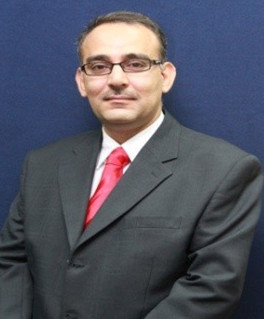Abstract—Some alternative and cost effective approaches are needed for space cooling of buildings in order to resolve environmental and economic issues. Desiccant cooling is one of the alternative to conventional air conditioning systems which can solve many problems related to air conditioning. In this paper a method is developed for energy, exergy and anergy analysis of the desiccant cooling system operating on ventilation cycle. Both exergy and energy analysis are usually applied in parallel in order to find the rational use of energy and to determine the individual performances of each component. The transport of exergy between the system components and destructions of exergy accompanied with each component of the system are determined using average parameters calculated from theoretical analysis. The effect of ratio between regeneration to process air flow rate and temperature of regeneration on system performance has been studied too. The results shows that desiccant wheel and solar collector shares the major part of the exergy destruction (about 65%). The upper theoretical limit of system performance can be determined by carrying both exergy and energy analysis which cannot be determined by carrying energy analysis alone. The analysis shows the direction for exergy destruction/anergy minimization by identifying and quantifying the sites with exergy losses.
Index Terms—Energy, exergy, anergy, desiccant cooling, solar energy, exergy efficiency.
M. Mujahid Rafique is with the Department of Mechanical Engineering, King Fahd University of Petroleum and Minerals, Dhahran 31261, Saudi Arabia (e-mail: mujahid_ep2008@yahoo.com).
P. Gandhidasan was with Department of Mechanical Engineering, King Fahd University of Petroleum and Minerals, Dhahran 31261, Saudi Arabia.
Luai M. Al-Hadhrami and Shafiqur Rehman are with the Center for Engineering Research, Research Institute, King Fahd University of Petroleum and Minerals, Dhahran 31261, Saudi Arabia.
[PDF]
Cite:M. Mujahid Rafique, P. Gandhidasan, Luai M. Al-Hadhrami, and Shafiqur Rehman, "Energy, Exergy and Anergy Analysis of a Solar Desiccant Cooling System," Journal of Clean Energy Technologies vol. 4, no. 1, pp. 78-83, 2016.


